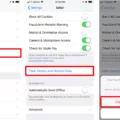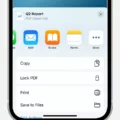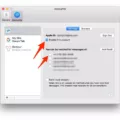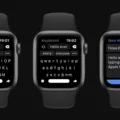We all have secrets that we don’t want the world to know about. Whether it’s your search history, personal information or activity online, Incognito Mode is an important tool for maintaining your privacy.
Incognito Mode is a privacy feature built into modern browsers and mobile devices. It prevents your browser from saving any of the websites you visit, including cookies and othr data such as passwords or credit card numbers. This means that even if someone else uses your device after you, they won’t be able to see what you’ve been up to while in Incognito Mode.
If you’re an iPhone user, you can easily enable Incognito Mode on your device. Here’s how:
1) Open Safari on your iPhone and tap the tabs icon in the bottom right corner.
2) Tap “Private” in the bottom left corner of the page.
3) You will now be in Private Browsing mode (also kown as Incognito Mode). You can also switch back to normal browsing mode by tapping “Normal” at the bottom left corner of the page.
It’s important to note that while using Incognito Mode does protect your privacy, it doesn’t make you completely invisible online – some activities, such as downloading files or streaming videos, can still be tracked even when using this mode. Additionally, remember that any bookmarks or downloads you make while in this mode will remain on your device even after closing the window.
Overall, Incognito Mode is a great way to maintain privacy and protect yourself from unwanted surveillance online. With just a few taps on your iPhone, you can easily stay safe and secure every time you browse online!
Does the iPhone Have an Incognito Mode?
Yes, iPhone does have an incognito mode, also known as Private Browsing. This mode prevents Safari from saving your browsing history, searches, or any AutoFill information. To access it, open Safari and tap the new page icon in the lower-right corner. Then tap Private in the lower-left corner. Once you’ve done that, you can begin browsing in private mode by tapping the + symbol or tapping Done.
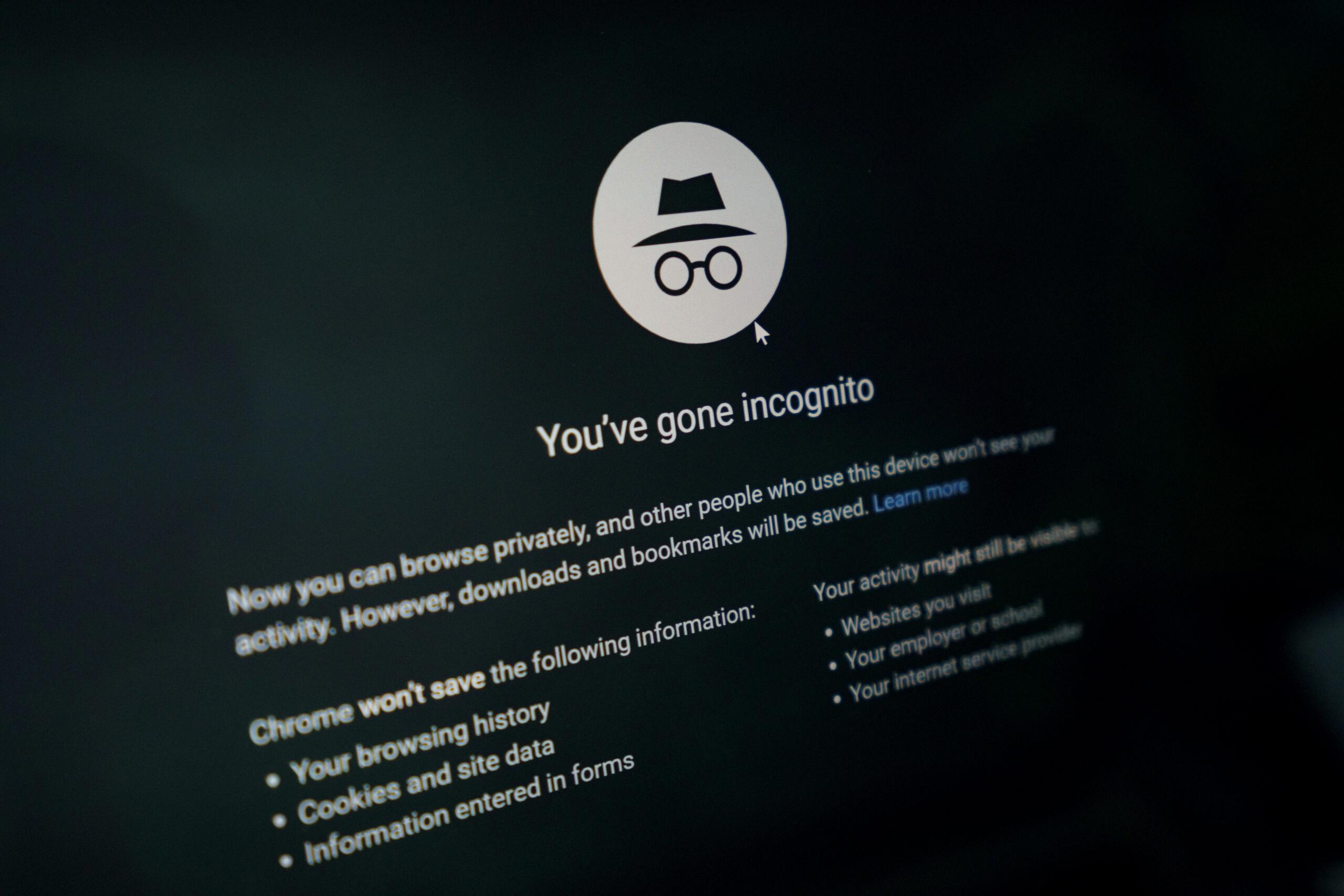
Source: techwireasia.com
Turning On Private Browsing in Settings
Private browsing, or incognito mode, can be enabled in your Android phone’s Chrome app settings. First, open the Chrome app on your device and tap the three vertical dots in the top-right corner of the screen. From there, select ‘New Incognito Window’ from the menu that appears. You’ll know you’re in Incognito Mode when you see a secret agent icon and a dark grey colour in the top bar of the app. In addition, all of your browsing history will not be saved while you’re using this mode.
Limitations of Private Browsing on iPhones
The Private browsing feature on iPhone is designed to prevent websites from tracking and collecting data about your online activities while you browse the web. Unfortunately, this feature cannot be used to restrict access to Adult or other websites, as it would prevent the website from being able to provide a tailored experience for you. Therefore, in order to use Private browsing on an iPhone, you must allow unrestricted access for all websites.
Opening Incognito Mode
To open Incognito Mode, open your Chrome browser and click on the three dots in the top rigt corner of your screen. From the drop-down menu, select “New incognito window.” This will open a new window with a grey background and an icon of a man wearing a hat and sunglasses. This indicates that you are now in Incognito Mode. All browsing activity performed in this window will not be saved to your history or any other tracking services. You can also use the keyboard shortcut Ctrl + Shift + n (Windows, Linux, or Chrome OS) or ? + Shift + n (Mac) to quickly open an Incognito window.
Accessing Safari Privacy Settings on iPhone
The Safari privacy settings on iPhone can be found by goig to the Settings app, scrolling down and selecting the Safari browser from Settings. From there, scroll down to the PRIVACY & SECURITY section, where you can enable or disable toggle buttons to prevent trackers and data theft. Here you’ll find settings like Prevent Cross-Site Tracking, Block All Cookies, Ask Websites Not To Track Me, and Fraudulent Website Warning. You can also use Private Browsing mode or the Intelligent Tracking Prevention feature for added security.
Turning Off Private Mode on an iPhone
To turn off Private mode on your iPhone, open the Safari app and tap the tabs button (bottom right corner). This will bring up a list of open tabs. At the bottom of this list, you will see a toggle for Private. Tap this toggle to turn off Private mode. You should now see the Safari app in its usual white or gray color.
Unable to Open Private Tab on Safari for iPhone
Private tabs in Safari on your iPhone or iPod touch are designed to keep your browsing activity private. When you open a private tab, Safari won’t remember the pages you visit, your search history, or your AutoFill information. Therefore, you won’t be able to open a private tab util you have enabled Private Browsing in the Safari settings. To do this, go to Settings > Safari and turn on the option for Private Browsing. After that, you’ll be able to open private tabs in Safari on your iPhone or iPod touch.
Exploring the Private Mode Feature of Safari
Yes, thre is a private mode on Safari. To access it, open the Safari app on your Mac and choose File > New Private Window. This will open a new window with a dark Smart Search field and white text. Any browsing you do in this window will be private and won’t be shared or stored in your browsing history. You can also switch to an existing private window if you have one open already.
Troubleshooting Incognito Mode Not Showing Up
Incognito mode may not show up for a few reasons. Firstly, it is possible that it has been disabled in your browser’s settings. To check this, open Chrome and click on the three-dot menu followed by Settings. Scroll down to the Privacy and Security section, and make sure that ‘Allow in incognito’ is checked.
Secondly, if the setting is enabled but still not working, it could be a problem with your browser’s cache or cookies. To fix this, open Chrome and click on the three-dot menu followed by More Tools > Clear Browsing Data. Select ‘Cookies and other site data’ and ‘Cached images and files’, then click Clear Data. After this try to enter incognito mode aain to see if it works.
Finally, if none of the above steps work you can try resetting Chrome to its default settings. Open Chrome and click on the three-dot menu followed by Settings > Reset and clean up > Restore settings to their original defaults > Reset settings. This should restore your browser to its original state with incognito mode functioning properly.
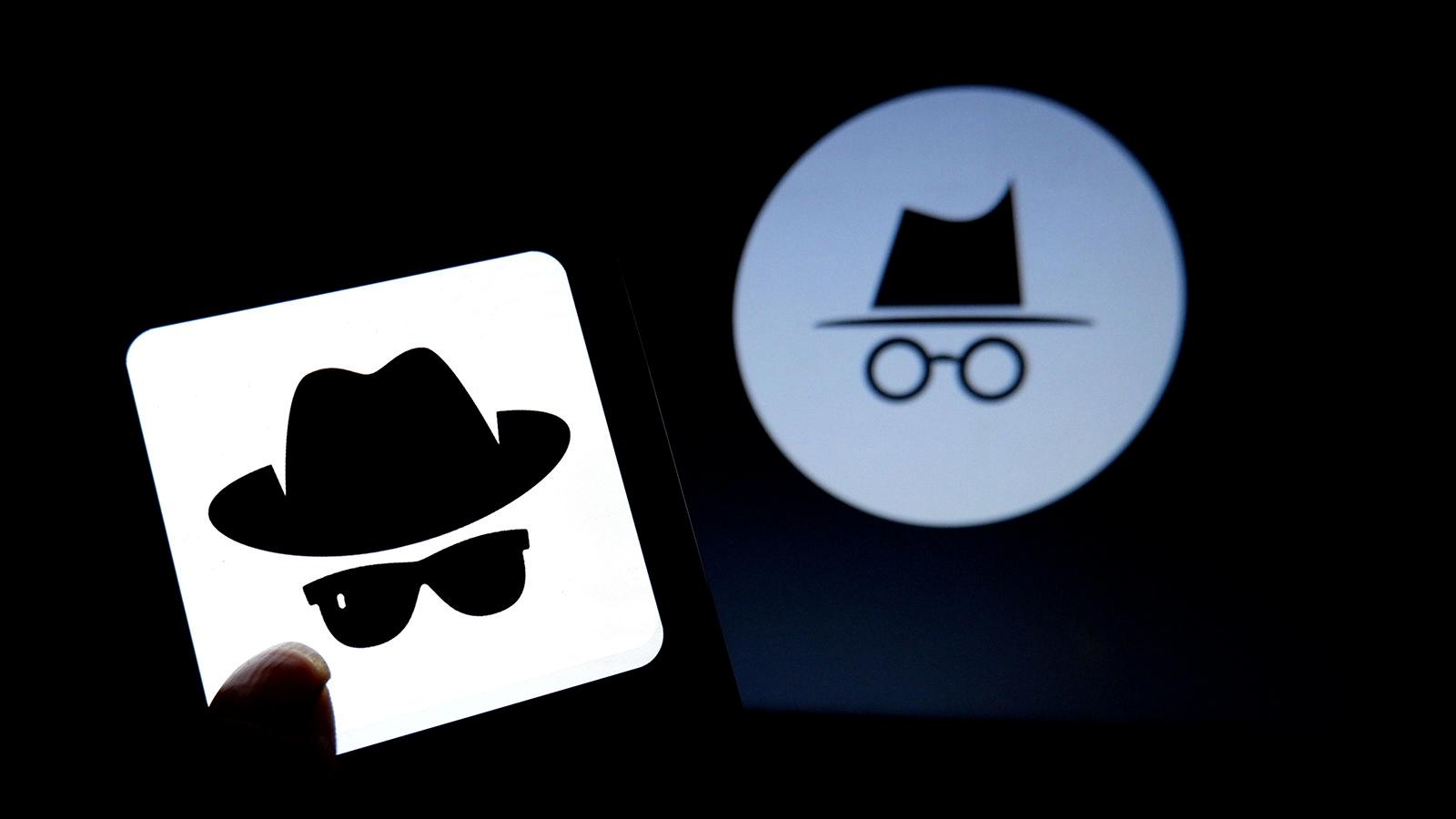
Source: computer.howstuffworks.com
The Benefits of Using Incognito Mode
People use Incognito mode to prevent their browsing data from being stored on a shared or public computer. Incognito helps protect users’ privacy by not saving their search history, cookies and site data, and other browsing activities. Additionally, people may use incognito mode to deactivate extensions and toolbars that can disrupt their browsing experience. Ultimately, incognito mode allows users to browse the web without fear of their browsing data being saved or tracked.
Using Google Incognito
To use Google Incognito, open the Chrome browser on your Android device and tap the three dot icon in the top-right corner. This will open a menu where you can select the option for ‘New Incognito Tab’. Once this tab is opened, you will be able to browse the internet without leaving any traces of your activity. Any cookies created whle in Incognito mode will be deleted once you close the tab. Additionally, any search history or downloads completed while in Incognito mode won’t be saved on your device. This makes it a great way to browse privately and securely.
Viewing History of Private Browsing
Private browsing, also known as incognito mode, is a feature of most web browsers that allows you to browse the internet without saving your activity. While this mode is great for browsing privately and preserving your privacy, it can be difficult to review your activity afterwards.
To view what has been viewed in private browsing, you can use tools such as the DNS cache or third-party software to recover the data. The DNS cache is a good place to start, as it stores the URLs of websites visited durig private browsing sessions and can be accessed by entering “about:cache” into your browser’s address bar.
Third-party software can also be used to recover deleted data from private browsing sessions. These programs are designed to scan your computer for deleted files related to web browsing, allowing you to access information about what was viewed during your private browsing session.
It’s important to note that these methods may not always give you a full view of everything that was viewed in private browsing; some information may have been deleted or overwritten in the process. However, they can still provide useful insight into what was viewed while using this mode.
Conclusion
Incognito Mode is a browsing feature that helps to protect a user’s privacy by preventing websites from tracking and storing information about their activity. It does this by not saving cookies, history, or other data that would otherwise be stored for later use. Additionally, it keps searches and downloads from appearing in the browser’s search bar or download history. This makes it an ideal choice for those who are concerned about their online privacy. Incognito Mode is available in most popular browsers, making it easy to access if desired. Ultimately, Incognito Mode provides users with an extra layer of security that can help protect their online privacy while they browse the web.

